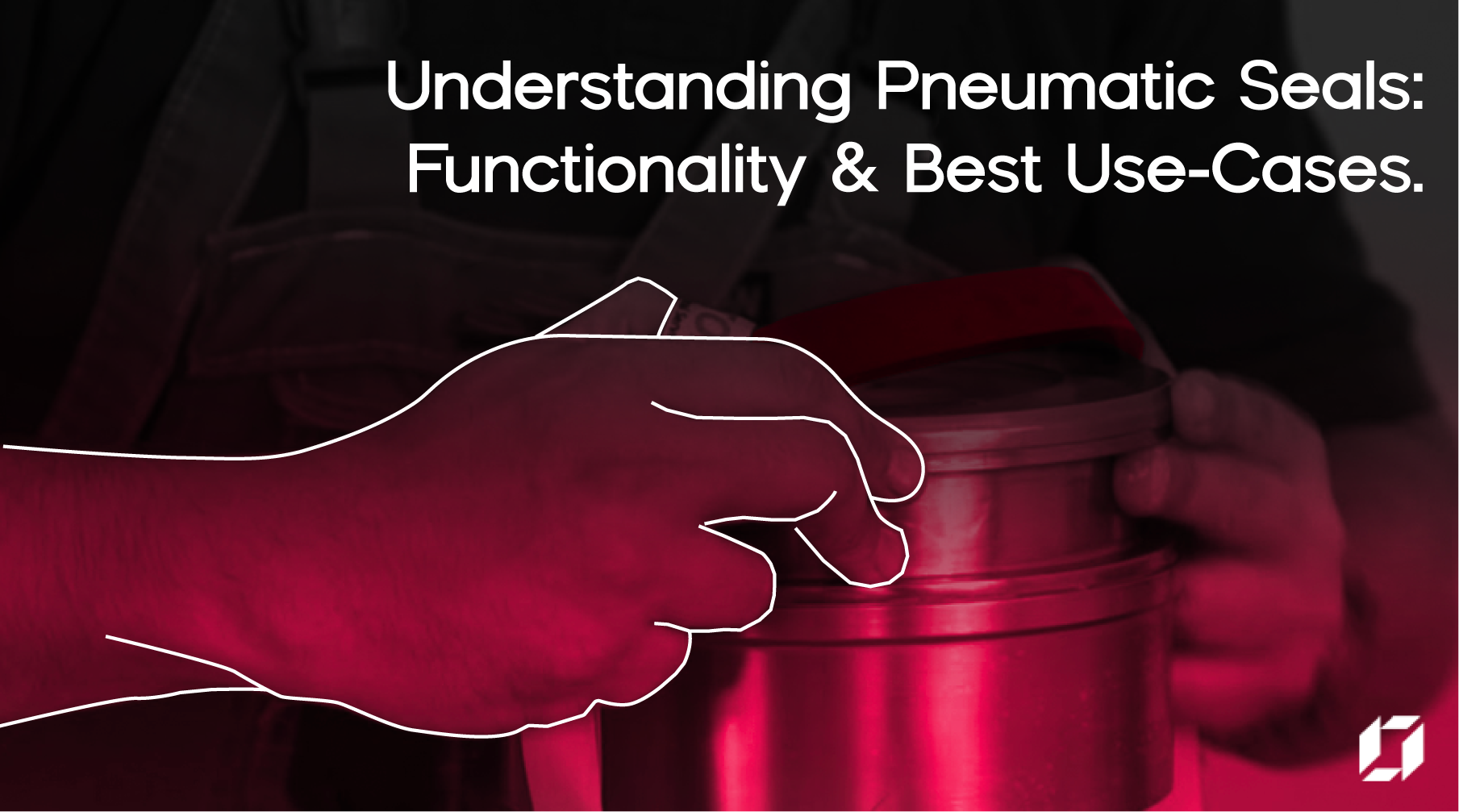
Understanding Pneumatic Seals: Functionality & Best Use Cases
Pneumatic systems are essential for a huge number of everyday operations in industries—from powering machines in factories to enabling automation in packaging lines. And what’s crucial for these systems? Pneumatic seals. These small but mighty components are essential for smooth, leak-free, and efficient performance.
In this blog, we break down why seals matter, how they function, and what happens when they’re overlooked. Let’s dive in.
What Is the Application of Pneumatic Seals?
Pneumatic seals are used in systems that rely on compressed air to transfer energy. Their main job? To prevent air leaks and maintain consistent pressure within the system. These seals are typically installed in cylinders, valves and anywhere there’s movement and a need to contain pressurized air.
Without them, the efficiency of pneumatic systems takes a hit. You get energy loss, fluctuating pressure, and increased wear and tear on components.
Why Seals Matter
Even the most sophisticated pneumatic setup can fall apart if the seals aren’t doing their job.
Here’s why they matter:
- Prevent air leaks: Leaks reduce system efficiency and increase energy costs.
- Protect internal components: Seals keep dust, dirt, and moisture out, prolonging the life of internal parts.
- Ensure precision: In applications like robotics or CNC machines, even a tiny leak can mess with accuracy.
- Reduce downtime: A damaged seal can bring an entire operation to a halt. Proper sealing ensures fewer breakdowns and maintenance stops.
Ideal Pneumatic Seals
When selecting seals, keep an eye out for:
- Material compatibility: Nitrile (NBR), Viton (FKM), and polyurethane are common materials, each suited to specific pressures, temperatures, and environmental factors.
- Pressure rating: The seal must withstand the operating pressure of your system.
- Temperature resistance: Pneumatic systems often generate heat; the seals should hold up under these conditions.
- Durability: The longer it lasts without cracking or degrading, the better for your system and your budget.
Maintenance & Selection Tips
To get the most out of your pneumatic system, follow these simple rules:
Regular inspections
Look for wear, cracks, or hardening in seals. Replace at the first sign of damage.
Choose the right material
Match the seal material to your system’s operating conditions—pressure, temperature, and exposure to chemicals or oils.
Don’t reuse old seals
Once removed, seals often lose their original shape and sealing ability. Always replace it with new ones.
Lubrication
Proper lubrication reduces friction and extends seal life. But over-lubrication or using incompatible lubricants can cause damage.
Invest in quality
Cheap seals may save you upfront, but the cost of system downtime or repairs quickly adds up. Stick with trusted manufacturers.
In Summary
Pneumatic seals may be small, but their impact is huge. From ensuring operational efficiency to preventing costly breakdowns, they play a pivotal role in nearly every pneumatic system. Whether you’re selecting a new set or maintaining an existing one, knowing what to look for and what to avoid. This can save time, money, and a lot of problems.




